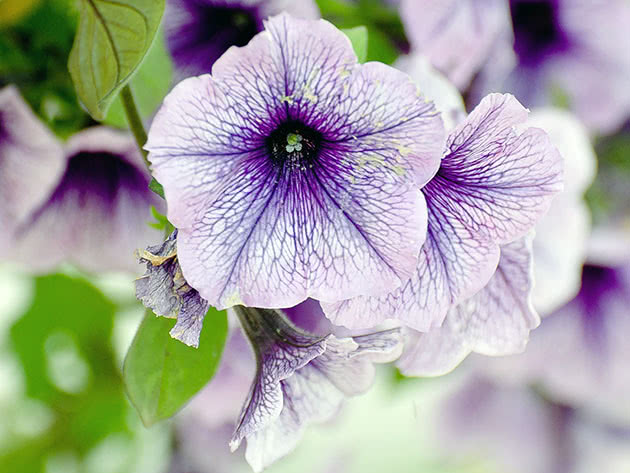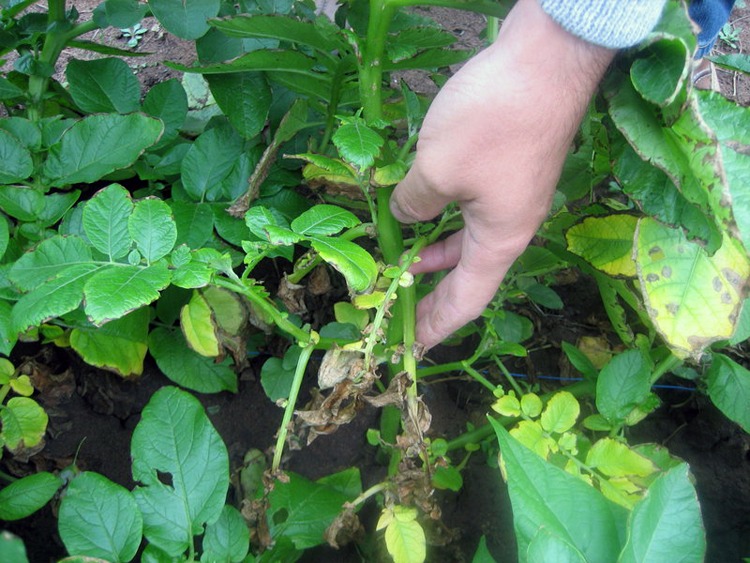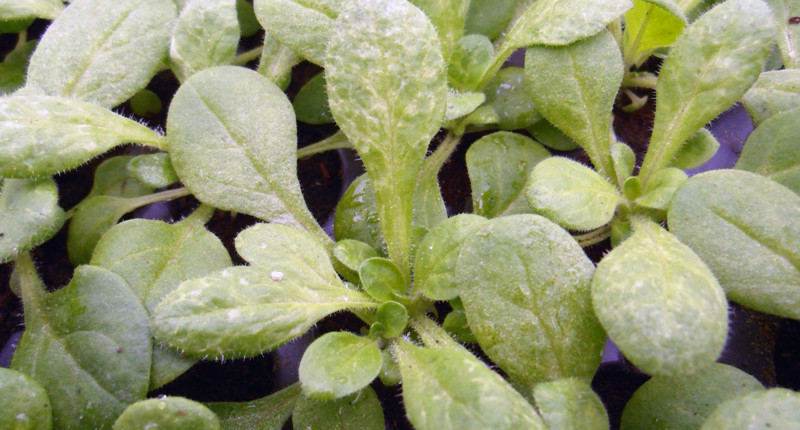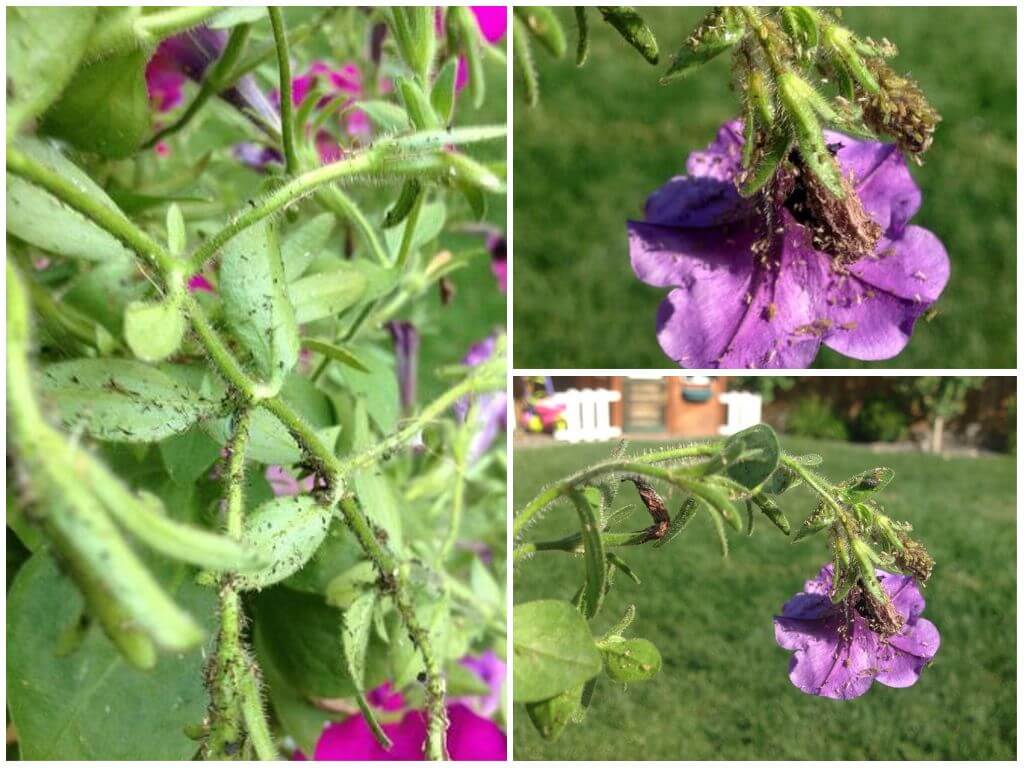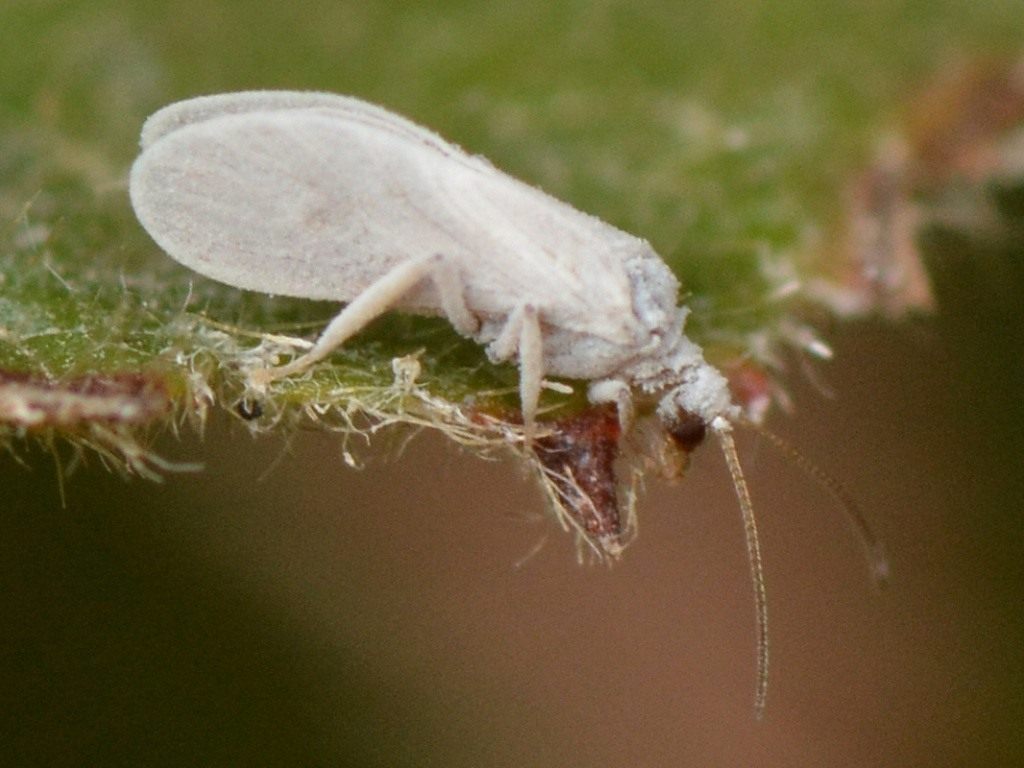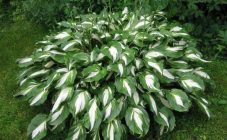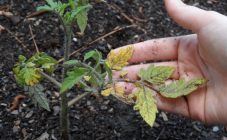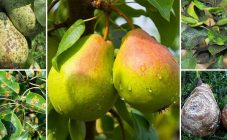Content:
Bright and varied in color, petunias are a godsend for lovers of beautiful flowers in their summer cottages and flower beds. The plant is surprisingly unpretentious to grow, although it often has problems. Why petunia leaves turn yellow is a fairly frequent question of flower growers, regardless of experience.
The main reasons for yellowing leaves
Flowers do not know how to talk about their problems, but they report all changes with their appearance. Yellow leaves are a sure way to convey your message to people.
Experts identify the following reasons for the emerging yellowness of the leaves:
- excess or lack of moisture;
- infection with a fungal infection;
- sharp fluctuations in temperature;
- deficiency of micro- or macroelements;
- pest attack.
For the same reasons, petunias wither prematurely, their leaves dry and curl.
Having found yellow leaves on your pet, you must first carefully examine the plant and the soil under it in order to determine exactly what the petunias turned yellow from.
Excess moisture
Petunia is not classified as a particularly moisture-loving plant; it is easier for it to survive insufficient watering than excessive watering. Thin roots do not have time to absorb an additional, extra portion for them and begin to rot. If the overflow is regular, the root system rots completely.
If petunias turn yellow from overflow, what should I do? To correct the mistake, the soil is dried using any available means: dry calcined sand, filter paper, loosening. Watering for this time is stopped. In severe cases, plants require transplantation with the removal of damaged roots and treatment with fungicidal preparations.
Lack of moisture is the easiest case to correct, you need a little maintenance and a change in the watering schedule.
In any case, all yellow dry leaves and wilted stems are carefully removed, the sections are disinfected. Why do this? To restore the natural beauty of the flower, to prevent the development of possible diseases.
Fungal lesions
The most common fungal disease is powdery mildew. The development of the disease is facilitated by a large amount of foliage at the base of the bushes and the moist soil under them. The leaves are covered with a white dusty coating. The lower leaves of the petunia turn yellow first. What to do in this case:
- remove all affected parts of the plant;
- disinfect sections;
- treat with colloidal sulfur or any available fungicide, for example Topaz, Fitosporin;
- it is advisable to replace the topsoil if the plant is in a pot, and then treat the new soil with fungicides.
Seedlings that are ill with black leg are treated by sprinkling the substrate with dry disinfected sand and wood ash.
Temperature fluctuations
Large diurnal temperature variations are common in early and late summer. The yellow leaves are removed, the sections are disinfected with hydrogen peroxide, and light nocturnal shelters are provided for flowers. Potted petunias are simply brought into the room as evening approaches.
Eating disorder
The lack of essential nutrients for petunia leads to chlorosis. A characteristic feature of the yellow leaves of plants suffering from the disease is the preservation of the original color of the veins with pale leaves.
What to do for treatment:
- soften water for irrigation;
- feed with micronutrient fertilizers in a chelated form.
Pests
If the inspection of the flowers revealed the presence of unwanted guests on the leaflets, appropriate drugs are used against them.
Aphid
Forms colonies on the lower surface of the leaf, feeds on plant juices. A small amount is washed off with water or a damp cotton swab. Colonies of considerable size are treated with insecticides (Aktara, Aktellik, Akarin). A small amount can be fought with folk remedies.
Spider mite
Frequent malevolent inhabitant of potted plants. Invisible to the eye, it betrays its presence with a thin cobweb, entwining stems, leaves, buds. A tick's best friends are dry air and heat. Natural enemies are moderate humidity, regular spraying of petunias on hot days, and good neighbors are calendula and violets.
Whitefly
No less harmful than a tick. Adults live under the leaves, taking off in a white cloud if you move the leaf. Larvae with incredible vitality are found everywhere: in the substrate, among the roots, in the leaf axils. You can get rid of the parasite only with the help of a weekly spraying with the chemical agent Akarin or Aktar. Container flowers are treated with Spark Zolotaya, which also fertilizes the soil.
Other possible causes
The constant exposure of plants to the sun is also the reason why petunia turns yellow, and it turns yellow as a whole, including bright flowers. It is better for a flower to grow where the sun "works" in a gentle mode - until lunchtime. If there are no such places or it is impractical to keep pots there, you can make light portable screens or use umbrellas. Lack of light also leads to lethargy, yellowness, poor growth.
Drafts, currents of cold air are the reasons for the yellowness of room petunias. They are eliminated by moving the container with the plant to another place, blocking it with a dense screen when airing.
With a general nutritional deficiency in petunia, the upper leaves turn yellow. They correct the situation with foliar feeding, it will quickly deliver nutrients to the suffering organs.
Folk recipes for petunias
Replacing chemical preparations against diseases and pests with household remedies that are harmless to people and small animals is a hot topic. So, how can you help petunias without chemistry:
- Fertilizers during the flowering period, incl. on the sheet with infusions of nettle, onion husks, ash. At the same time, they will protect against diseases and pests. The special value of herbal remedies is the possibility of their regular use. These fertilizers can be applied once a week.
- For the treatment of powdery mildew, milk serum, solutions of potassium permanganate, ash, garlic or mustard infusion are used.
- For insect pests, decoctions of dry herbs are used: tansy, bitter wormwood, calendula, marigolds.
Correct placement of petunias in a flowerbed or in a hanging planter, adherence to watering and feeding schedules is a guarantee of flower health.Simple, but high-quality care will not burden the grower with the problem of yellow leaves, finding the reasons for their appearance, and eliminating problems.
